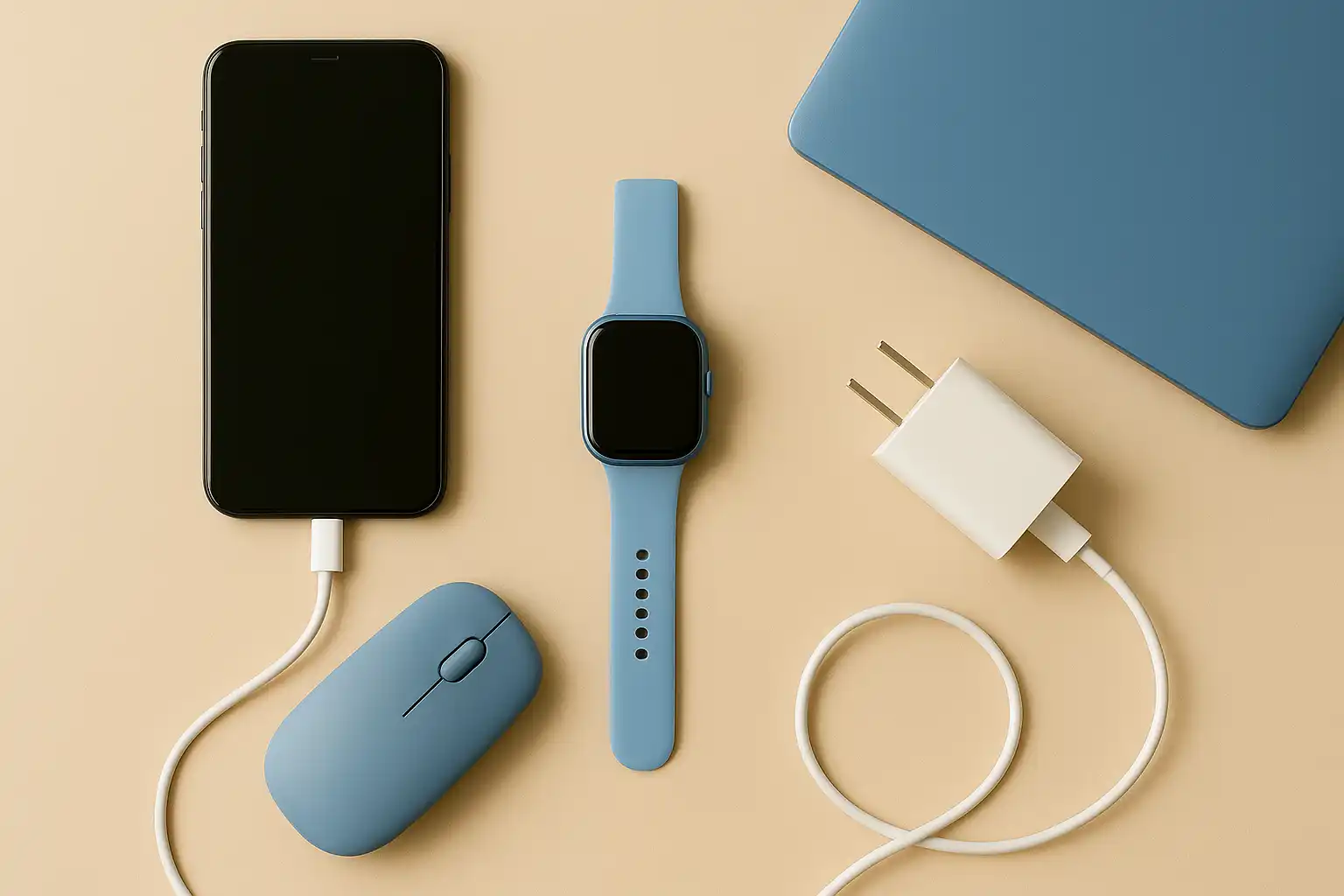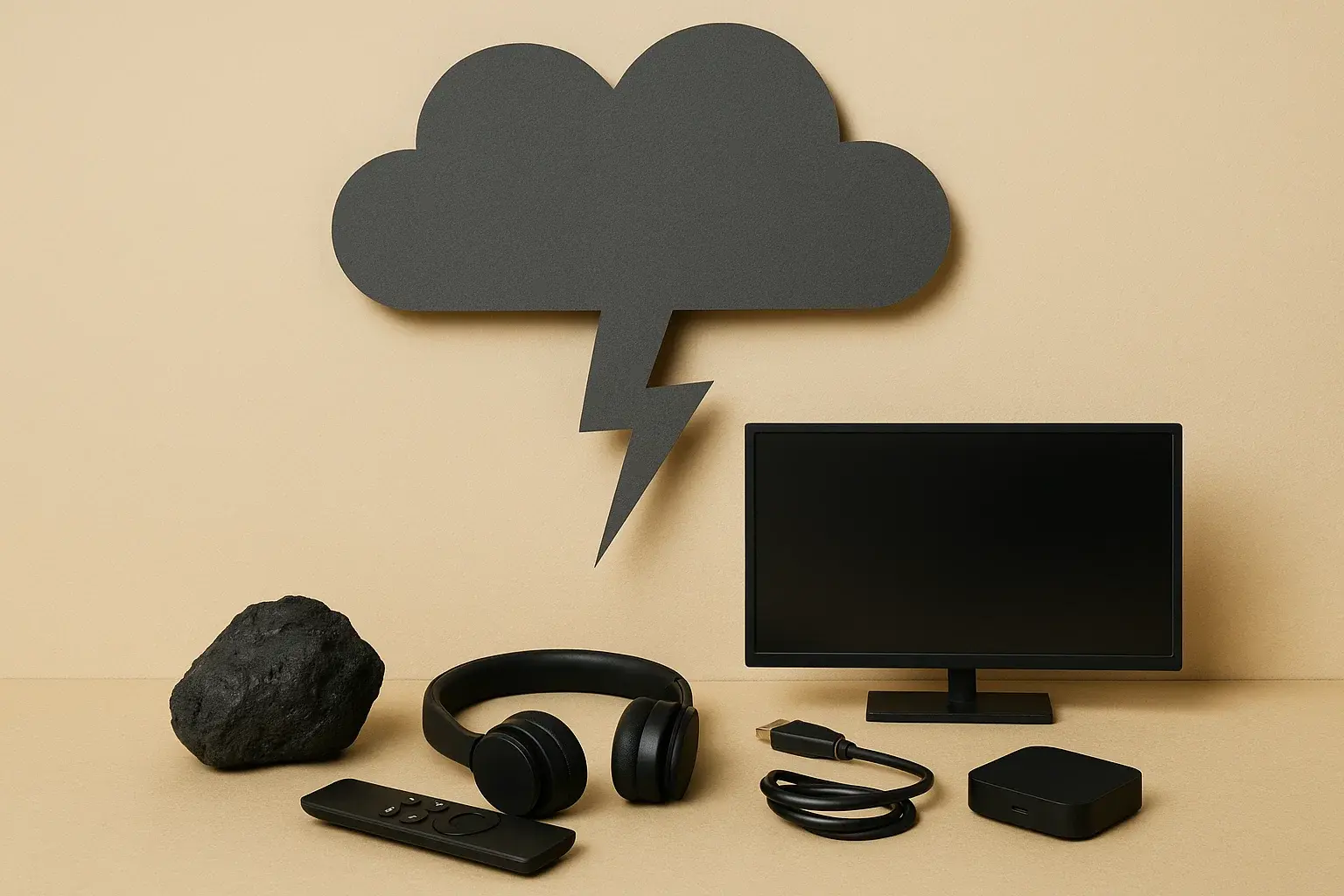The Unseen Drain Lowering Standby Power Usage on Your Digital Devices

In our modern, digitally saturated homes, a multitude of electronic devices stand ever-ready, awaiting our command. From televisions and gaming consoles to phone chargers and computers, these gadgets have become indispensable companions in our daily lives. However, many of these devices continue to draw power even when they are ostensibly switched off or in a seemingly inactive "standby" mode. This often-overlooked phenomenon, known as standby power or "phantom load," represents a significant and often unnecessary drain on our household energy consumption, silently contributing to our carbon footprint and inflating our electricity bills.
The cumulative effect of these always-on devices across millions of households is substantial. Studies have indicated that electronics left plugged in but not actively in use can account for a surprisingly large percentage – in some cases, up to 10% – of total household energy consumption. This wasted energy not only strains our wallets but also places an unnecessary burden on power grids, often fueled by fossil fuels, thereby exacerbating greenhouse gas emissions. Becoming aware of this hidden energy drain and adopting simple yet effective strategies to minimize standby power usage is a crucial step towards a more energy-efficient and sustainable lifestyle.
The Hidden Energy Drain: Understanding Standby Power
The convenience of always-on devices is undeniable. The ability to instantly resume a show, have a phone charger readily available, or wake a computer with a single click caters to our desire for immediate access and seamless transitions. However, this convenience comes at an environmental cost. Even when a device appears to be off, it may still be drawing a small amount of power to maintain basic functions, such as the ability to respond to a remote control, keep internal clocks running, or remain in a low-power state for quick reactivation. While the energy consumed by a single device in standby mode might seem negligible, the sheer number of such devices in a typical home quickly adds up to a significant amount of wasted energy over time. Consider the television that's "off" but its red light is still glowing, the phone charger perpetually plugged into the wall even when your phone isn't charging, or the gaming console in its rest mode, ready for immediate action. Each of these seemingly minor draws contributes to the overall phantom load in your home.
Practical Alternatives to Cut Standby Power Waste
Fortunately, a range of practical alternatives and actionable tips can help us curb this unnecessary energy consumption and reduce the environmental impact of our always-on devices. By adopting mindful habits and leveraging smart technologies, we can effectively cut standby power waste and contribute to a more sustainable energy future for our homes.
Sleep Mode Settings: A Simple Energy Saver
One of the simplest yet most effective strategies is to utilize the sleep mode settings on our electronic devices. Sleep mode is a low-power state that allows devices to quickly resume operation while consuming significantly less energy than when fully powered on. Instead of completely turning off devices like computers, laptops, and gaming consoles after each use, opting for sleep mode during shorter periods of inactivity can strike a balance between convenience and energy efficiency. Configuring devices to automatically enter sleep mode after a period of inactivity can further streamline this process. Most operating systems and device settings offer customizable sleep mode options, allowing you to set the duration of inactivity before the device enters this lower power state. Taking the time to configure these settings can lead to noticeable energy savings over time. Make it a habit to actively choose sleep mode over leaving a device powered on but idle.
Smart Power Strips: Automating Energy Efficiency
Another powerful tool in the fight against standby power is the smart power strip. These intelligent devices go beyond simply providing multiple outlets. Many smart power strips are designed to detect when a primary device, such as a television or computer, is turned off. When the primary device enters a low-power state or is switched off completely, the smart power strip can automatically cut power to associated peripheral devices, such as DVD players, speakers, and printers, effectively eliminating their standby power draw. Brands like TP-Link Kasa and Belkin Wemo offer a variety of smart power strips with different features and functionalities that can help automate the process of cutting standby power waste. Some models even allow for scheduling power on and off times for specific devices, offering an extra layer of control. TrickleStar is another brand specifically focused on advanced power strips designed to minimize energy leakage, often featuring a master/slave outlet system that intelligently controls power to connected devices. Investing in and utilizing smart power strips can be a highly effective way to tackle phantom load without requiring constant manual intervention. Consider using them for your entertainment center, home office setup, or anywhere multiple devices are connected to a primary one.
Energy-Efficient Hardware: A Long-Term Investment
Finally, making informed choices when purchasing new electronics and opting for energy-efficient hardware can have a long-term impact on reducing standby power usage. Look for devices with Energy Star certifications, which indicate that they meet specific energy efficiency standards, including lower standby power consumption. While the initial cost of energy-efficient hardware might be slightly higher, the long-term savings on electricity bills and the reduced environmental impact make them a worthwhile investment. Energy Star-certified televisions, computers, and other peripherals are designed to minimize power draw both during active use and in standby mode. Considering energy efficiency ratings as a key factor when purchasing new electronics is a proactive step towards a more sustainable digital footprint. Over the lifespan of a device, the energy savings can often outweigh the initial price difference, making it an economically sound choice as well.
The Collective Impact of Conscious Power Management
By embracing these alternatives – utilizing sleep mode settings, deploying smart power strips, and choosing energy-efficient hardware – we can collectively take significant strides in lowering the often-overlooked standby power usage of our digital devices. These simple habit changes and smart technology adoptions not only contribute to a reduction in our household energy consumption and lower electricity bills but also play a vital role in lessening our overall carbon footprint and fostering a more sustainable relationship with the technology that powers our modern lives. The power to reduce this unseen energy drain lies within our control, requiring only a bit of awareness and a conscious effort to manage the energy consumption of our ever-present digital companions. Every watt saved, multiplied across millions of households, contributes to a more sustainable energy future for all.
Related Blogs

Neutralizing Your Tech Footprint: Choosing Carbon-Neutral Tech Purchases
Support climate action by opting for carbon-neutral certified tech and offset programs.

The Silent Energy Thief: Cutting Down Idle Device Usage for a Sustainable Digital Footprint
Improve energy efficiency and extend device life by implementing power-saving settings.

The Unseen Gigabytes: Cutting Your Streaming Carbon Footprint
Reduce your digital carbon footprint by adjusting streaming quality and habits.

Swipe Right on Sustainability: How Digital Decluttering Cultivates a Greener Lifestyle
Insights on digital decluttering for a greener lifestyle in a sustainable way.

Decoding Disposal: Your Essential Guide to Responsibly Recycling E-Waste
Insights on the rise of ethical tech in a sustainable way.

Surfing Sustainably: Unveiling the World of Eco-Friendly Browsing
Insights on eco-friendly browsing in a sustainable way.
Stay in the Loop
Get tips and insights tailored to your interests — no spam, just sustainability.